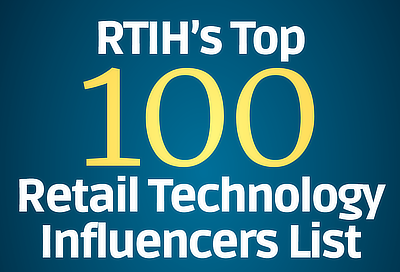Infographics
- August 26, 2018
A Short History of Tech Innovation
Back in 1975, companies paid $5 million for supercomputers whose processing powers were comparable to those of today's iPhones. Which technologies have had the most profound effects so far?
- August 19, 2018
Visualizing the Social Media Universe in 2018
Billions of people around the world grew up during the age of social media, and mankind is slowly marching toward a future where nearly everyone will be a digital native. What services are people using to communicate?
- August 11, 2018
Things to Come: A Timeline of Future Technology
Eye-controlled machines, cheap solar power, consumable microrobots, smart clothing, carbon breathing batteries, unhackable quantum network, biomimetic materials… Which one is your favorite?
- August 05, 2018
How 9 Creative Minds Got Their Ideas
It’s our own unique rituals that can bring mental clarity and creativity. That could be a quirky habit or routine such as doing headstands or wearing lots of hats.
- July 28, 2018
Measuring Brands’ Digital Performance Against Their Rivals
From apparel to cosmetics to entertainment visualize industry averages on KPIs, including session time, number of pageviews, bounce rate and the average revenue per transaction.
- July 22, 2018
Things to Come: A Timeline of Future Technology
Eye-controlled machines, cheap solar power, consumable microrobots, smart clothing, carbon breathing batteries, unhackable quantum network, biomimetic materials… Which one is your favorite?
- July 15, 2018
Essential statistics for driving social media success
An infographic from PAN Communications dives into data that can help brand managers tailor marketing efforts for their target audiences. Including an image with a LinkedIn post can increase engagement by 200%. 81% of millennials check Twitter daily.
- July 08, 2018
10 Places to See Before They’re Gone
Interesting infographic on some of the most beautiful places in the world that are are disappearing. Venice? Say it isn't so.
- July 01, 2018
The Mall is Not Dead
Malls are already adapting to new consumer demands and Coresight Research identifies five pressures for further changes over the next five years: Over 1,000 department stores could close by 2023, reducing total sector number of stores by one fifth.
- June 24, 2018
A Short History of Tech Innovation
Back in 1975, companies paid $5 million for supercomputers whose processing powers were comparable to those of today's iPhones. In a relatively short amount of time, a series of similarly game-changing technologies have dramatically lowered the cost to innovate and created innumerable opportunities for businesses.
- June 17, 2018
What Will the Future of Work Look Like After the Robot Revolution?
On average, one robot can do the job of 5.6 persons in the manufacturing industry. By 2025, the amount of robots in the U.S. could quadruple, and by 2033, nearly half of all jobs in the country could be at risk of automation.
- June 09, 2018
77 Facts About Cyber Crimes One Should Know in 2018
From biggest data breaches to 2017's top cyber crimes to the cost of cybercrime to the geography of threats to meeting the world's most famous hackers.
- June 03, 2018
Driving dollars Through Augmented Reality
The behavioural changes and prompts that such technology could bring about is more than just fun, it represents a huge potential to augment the traditional revenue of a whole host of industries. Agree the possibilities are endless even in retail.
- May 26, 2018
Will e-commerce kill brick and mortar?
In USA, the total offline sales are 10X bigger than online. However, the online shopping business is growing 3X faster than offline. Who will win this shopping race?
- May 19, 2018
What happens in an internet minute in 2018?
In your everyday life, a minute might not seem like much. But when it comes to the vast scale of the internet, a minute of time goes much further than you ever could have imagined.
Page 20 of 32
















